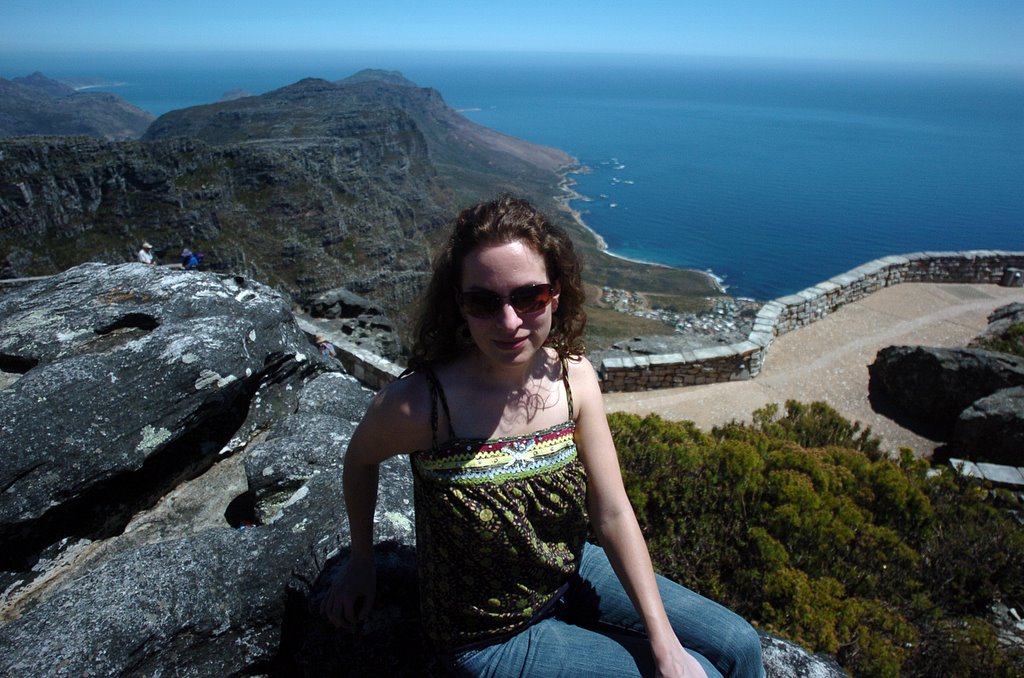Cartagena: A city of squares
Cartagena is a city of squares, each with a life of its own.
One afternoon, we were headed to the Museo de Oro, or Gold Museum, when we noticed a ruckus on the street bordering one of the squares, Plaza de Bolivar. A crowd had gathered and was emitting periodic whoops and laughs. We detoured over to see what was going on and boy was it worth it! A man wearing a donkey costume was putting on quite a show. The costume looked kind of like a horse costume - the kind two people wear so there will be four legs poking out. But, in this case, it was just one man who had sewn two little feet, complete with boots, onto what would be the donkey's sides so it looked like he was a tiny man in a saddle. He had attached reins to the fake donkey's head and was using his own legs underneath the costume to make the donkey run. He pretended the donkey was prancing nervously and made a great production of trying to rein in the wild beast. Whenever someone walked too close, not paying attention, he'd lash out and kick at them, as though it were the startled donkey doing it. The innocent bystander would, in turn, be startled and the crowd would crack up! He also raced the donkey up and down the street and took photos with the crowd, collecting donations as he went.
As his performance started to die down, a beat-up SUV pulled up to the curb and what seemed like a dozen people, plus props and drums began to spill out into the afternoon sunshine -- it looked like passengers getting out of a clown car. We followed them into the square to see what they would do and it ended up being a performance on par with something you'd pay $30 to see at the Opera House. The group's drummers set up in the center of the square, at the base of a Simon Bolivar statue, and an equal number of male and female dancers spread out on the cobblestones in front of them. Once the music began, the dancers came to life, becoming the drumbeats with their bodies and providing full-throated narratives of the stories they were telling. Between routines, they would come around to collect tips. We stayed, mesmerized, for their whole performance. At the end, they matter-of-factly packed up their stuff and left with little fanfare before another group of drummers took their place.
We never made it to the museum that day, instead spending the entire afternoon sitting on a park bench watching the world go by. Even when no performance was happening, the square was entertaining - a fantastic spot for people watching! There was a huge flock of pigeons that seemed to call the square home and a lady there sold little bags of corn for people to feed to them. Children LOVED to chase the pigeons and would run themselves ragged trying to catch one. The pigeons would fly up in big bursts to escape the kids' grasp and then flutter back down to the ground or land on the heads of old men sitting nearby, which generated chuckles from observers and benevolent smiles from the gray hairs who'd become pigeon perches. When especially tenacious children got after them, the pigeons would fly up to the top of the Bolivar statue, where they were safe from pursuit. I wonder what Simon Bolivar, who helped liberate large parts of South America from the Spanish, would think of such an indignity.
To capitalize on the crowd of bench warmers, vendors offered a variety of food and drink for sale: Some pushed carts or wore strapped-on trays (like at a baseball game) containing candy, ice cream, lemonade and other refreshments. Others carried boxes that held thermoses of espresso and little paper cups. And, ladies in old-fashioned skirts and ruffle tops, carried huge bowls of fresh fruit on their heads that they'd pull down and cut up for customers. If food and drink wasn't what you were looking for, there was also La Carreta Literaria (literary cart), with variety of books for sale.
Some couples opted to simply kiss, cuddle and hold hands in the dappled sunlight under a canopy of green, with the sound of one of the square's four fountains burbling soothingly nearby. At night, when the sky darkened and the air cooled, old men set up tables on the edge of the square and played animated, hours-long chess tournaments.
There are many squares in Cartagena, but Plaza de Bolivar is my favorite.

